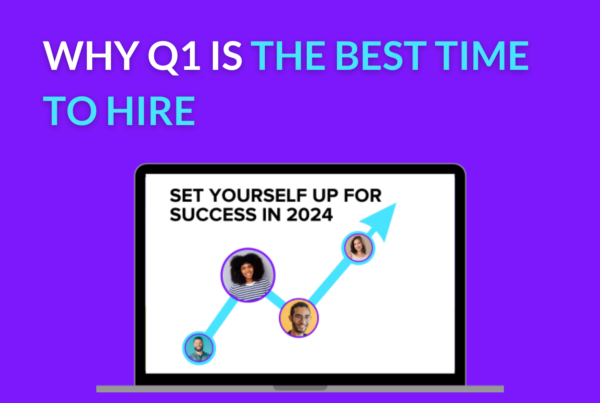The connectedness and convenience of mHealth means it has the potential to greatly improve people’s quality of life. It’s a term that often crops up in discussions about modern healthcare technology like telehealth, telemedicine and remote patient monitoring (RPM) – but what exactly is mHealth?
mHealth, Defined
mHealth is another subsector of the broader ‘telehealth’ umbrella, referring to the use of mobile devices, such as a phone or tablet, to support with healthcare practices. Like many HealthTech buzzwords that’ve come before, mHealth can mean different things to different people. Some use it as an all-encompassing term to refer to everything from video conferencing to mobile computing and remote patient monitoring. Others give a narrower meaning to mHealth, using it solely to refer to mobile health apps.
mHealth And Telehealth: The Difference
Telehealth refers to all instances of healthcare via tech, whereas mHealth only refers to the concept of mobile healthcare – consumer technologies like smartphones and tablet apps that enable consumers to capture their own health data, without assistance or interpretation from a clinician.
“I think of mHealth being maybe not quite as focused on clinical care and a clinical model, but more focused on consumers and helping people capture data about themselves.”
Julie Cherry, Care Innovations Chief Clinical Officer
Unlike telehealth that comprises clinician-to-clinician, clinician-to-patient, and patient-to-patient interaction, mHealth is limited to patient-to-patient interaction (or patient self-interaction).

The Market Size
The global mHealth apps market is estimated to reach $101,550 million by 2026, skyrocketing from $30,160 in 2019. The Covid-19 pandemic has massively increased the utilisation of mHealth technologies subsequent to the increased adoption of RPM and diagnosis and analysis of patient data. As well as this, other major factors contributing to the market’s growth are:
- The growing adoption of smartphones with a focus to improve lifestyle and treatment outcomes while minimizing the occurrence of chronic diseases
- The increasing use of mHealth apps and connected devices for the management of chronic diseases
- A growing focus on cost control in the healthcare industry
- The rising focus on patient-centric healthcare delivery
Growing attraction for mobile devices is spreading across generations, and mHealth is set to remain an integral part of people’s day-to-date lives. The number of people using smartphones and the internet via mobile phones in developed and developing countries has also drastically increased, and is expected to bring up the market value.
The Pros
There’s a reason mHealth has already penetrated so deeply into today’s healthcare ecosystem: it brings an abundance of benefits, for patients and providers alike. Treatment compliance is one such benefit. One of the main challenges healthcare practitioners currently face is ensuring that their patients take the right medication as and when they’re meant to. In a study published in the journal Risk Management and Healthcare Policy, it was noted that,
“Medication nonadherence is widespread and varies by disease, patient characteristics, and insurance coverage, with [drug] nonadherence rates ranging from 25% to 50%.”
Certain mHealth apps are helping people stick to their medication regimen by tracking pills they have and haven’t taken, prompting them to take certain drugs, and allowing them to log any symptoms they experience.
Along with treatment compliance, improved monitoring is a huge advantage of mHealth, with many mHealth apps connecting patients with their healthcare provider, improving ease and speed of contact. Being able to speak with a physician or ask for advice on a condition, drug, or symptoms at any time hosts its own pool of benefits, the most important being the possibility of earlier intervention.
For healthcare professionals, there’s the added benefit of having such convenient access to health trends – often in real time. This means they can stay on top of up and coming practices, giving them a better idea of how to proceed with patient care.

The Future Of mHealth
Many believe mHealth is the future of healthcare. By transforming expensive systems into ‘prevention based’ and ‘patient-focused’ ones, mHealth is set to continue decreasing the cost of healthcare in developed nations while also increasing access to healthcare in developing countries.
Writing in the Journal of Public Health Research, Researcher Harold Thimbleby noted that:
“the future of healthcare is about the patient (or stopping people becoming patients), but patients are not the main stakeholders in healthcare. Insurance companies, big pharma, doctors, managers, suppliers, builders, governments, and many other forces will influence the future.”
If you’re an mHealth organization looking to grow and scale your team, get in touch! Our HealthTech recruitment experts have an extensive network of HealthTech professionals with mHealth-specific experience. Alternatively, learn more about the areas of HealthTech we work in here.







